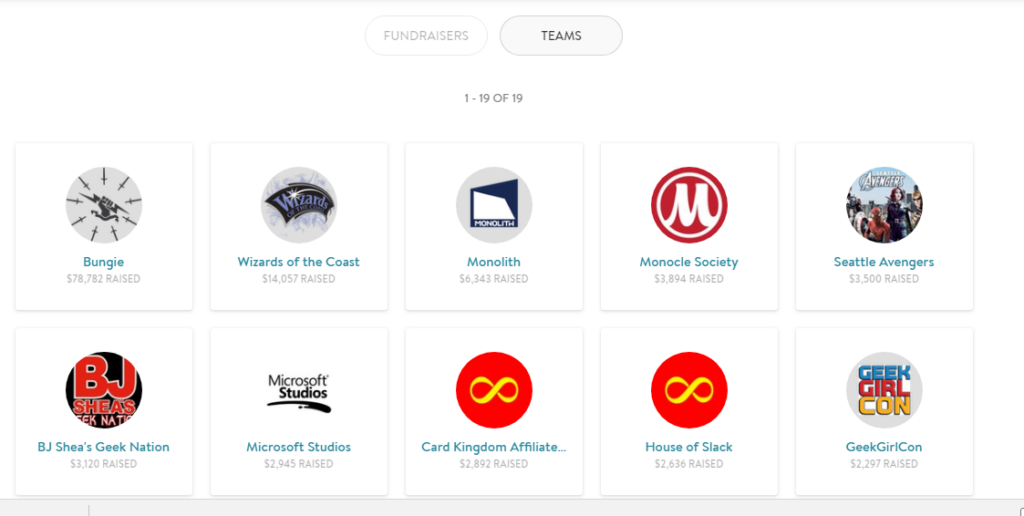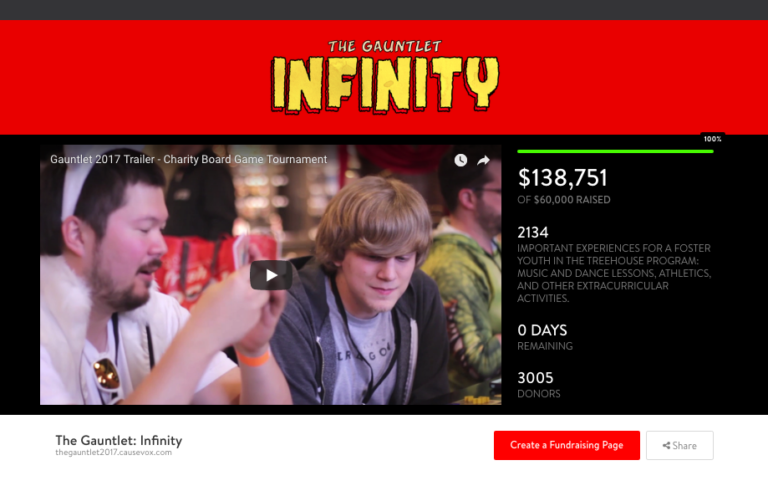Look at the average fundraising professional’s budget, and you’ll see allocations for four major pools of money: individuals, foundations, governments, and corporations. These four areas count for the majority of donations for most organizations.
Far too often, skipping over the last area is easy. Corporate donors can seem mysterious, and developing strong nonprofit corporate partnerships isn’t as straightforward as writing a grant proposal. However, the potential of for-profit partnerships is high: it’s estimated that several billion dollars of dedicated charitable money goes unclaimed from corporations annually–and that’s just from matching gifts.
Think about it: Most businesses have more money than most individuals. They have a built-in community and established communication channels to spread the word about your organization. Many businesses include giving back in their corporate culture. It makes sense for nonprofits to partner with corporations, for the benefit of all.
But what kind of partnership? Take a look at these four powerful possibilities to work together with businesses in your community.

1. Corporate Sponsorships
Corporate sponsorship is often the first, and sometimes the only, for-profit partnership most nonprofits consider. Nonprofit corporate partners donate money, materials, or products to support a nonprofit, often in exchange for recognition.
Recruiting sponsors and building relationships with them takes planning and strategy. Start by considering what opportunities for sponsorship you can offer. Events are a traditional place to start but don’t overlook projects and programs.
Next, take some time to develop a sponsorship package. This should include information about different levels of sponsorship, what they entail, and what benefits the corporate partner will receive. It’s important that the benefits to the corporation do not exceed the benefits the organization gets from the sponsorship.
Many partners will start off small. Realize that your relationships with nonprofit corporate partners will grow and develop over time, and not everyone is going to jump in with thousands of dollars from the beginning. Smaller sponsorships are an opportunity to get to know each other, see if the partnership works and demonstrate you’re trustworthy.
As you start building a list of potential sponsors, consider what you’re offering them. When an organization sponsors a nonprofit, they are often looking to increase their audience and build a reputation in the community. Therefore, it makes sense to recruit sponsors for programs or projects that align with their mission in some way. Do you share any audiences with the corporation? Do their products or services connect with your mission?
Get started recruiting sponsors by:
- Asking board members and volunteers for connections
- Listing all businesses your organization already has a relationship with
- Researching businesses that have ties to your cause, or seem like a natural fit
- Reach out via letter (for cold contacts) or introduction (for folks you have connections with) to start the sponsorship conversation
2. Matching Gifts
As an employee benefit and goodwill gesture, many companies offer to match employee charitable donations up to a certain amount. More than half of Fortune 500 companies have a matching gift program, and an estimated more than 18 million people are employed by companies that offer a match.
I don’t like to throw around terms like, “free money,” but corporate matches do come pretty close. Matching programs already exist, you just need to encourage eligible donors to take advantage of them. You can do this by:
- Including a matching gift field on your online donation form
- Tracking donors’ places of employment (hint: check their email domain) in your database, and investigating if that place offers a match
- Reminding donors of employer matches in your fundraising materials
- Creating a matching gift information page on your website
- Highlighting corporate matches in donor impact stories
3. Corporate Volunteers And Skill Sharing
More and more, corporations are considering how they fit into a larger community picture. One of the ways they do this is offering their workers paid time for volunteering. These volunteer opportunities may be a group activity, or they may offer the time at the employee’s discretion.
Corporate volunteerism is good for your organization, because it supplies a ready group of volunteers, brings new people into your organization, and strengthens your ties within the community. It’s also good for the volunteers. Studies suggest that corporate volunteering can boost morale and improve the workplace atmosphere. Win-win!
Think outside the box when creating volunteer opportunities for corporate groups. The good old standbys of cleaning up the park or serving food to the homeless–“one-and-done” projects– are fine, but corporate volunteers may have a more meaningful experience if they can use their professional skills to make a difference.
Consider the possibilities. Could a group of data entry folks volunteer to teach job-seekers how to use Excel? Could a group of engineers do science experiments with your afterschool kids? Could a group of marketing professionals create the marketing plan for your next fundraising event?
Get started with corporate volunteers by:
- Asking around. Do your current supporters volunteer at work? Can they connect you with the people in charge?
- Creating a Corporate Volunteering section in the volunteering information on your website
- Investigating which local businesses and companies have corporate volunteering programs. Scope their websites for words like, “community” and “corporate responsibility.” Check for press releases about volunteering. Then make contact to discuss what kind of volunteering opportunities they’re looking for.
4. Corporate Partner Fundraising
Don’t overlook corporate possibilities in your next fundraising campaign. Corporate partners can be donors, of course, but they can also be fundraisers. Whether they dedicate an office “spare change” jar to your cause, make a donation for an extra casual day, or join your peer-to-peer campaign as a fundraising team, corporate partners are a powerful ally.
Take a look at The Gauntlet: Infinity, a gaming tournament hosted by Mox Boarding House, a division of Card Kingdom Inc. Through ENGAGE, their corporate giving program, they organize an annual fundraising tournament for charity. Local organizations and gaming industry pros form four-person teams to raise money and compete.

Each year, The Gauntlet benefits a different nonprofit. In 2017, they raised $138,751 for Treehouse, a local organization for foster youth. That is a hefty donation! Way to go, for-profit partners!

Explore corporate fundraising by:
- Inviting peer-to-peer fundraisers to start a work team
- Asking your vendors and business neighbors to join or share your campaign
- Include fundraising as an option in your corporate volunteering materials
Win-Win
Each of these nonprofit corporate partnerships truly benefits both parties. Partnering with nonprofits allows businesses to give back to the community, provide their employees with more satisfying work experiences, and solidify their reputation as a “good guy.” Nonprofits benefit from donations, of course, but also from connecting to the community, finding new volunteers, and professional expertise.
Whether you start by reminding donors to check for matching gifts or recruiting sponsors for your next event, corporate partnerships can benefit your organization, your bottom line, and make the world a better place. Nonprofit corporate partnerships are definitely win-win.




